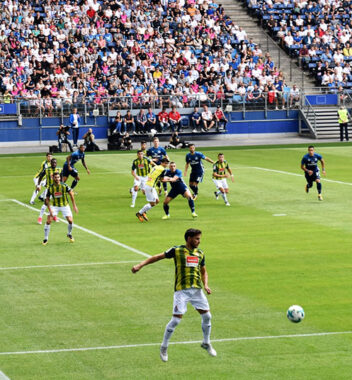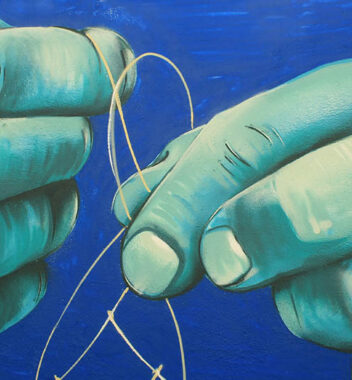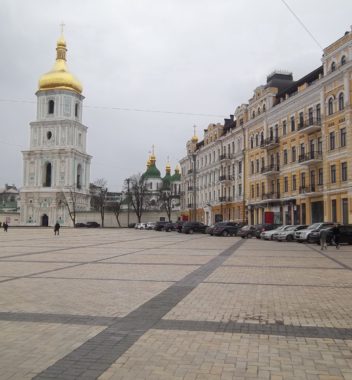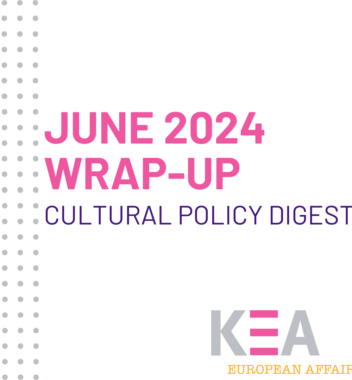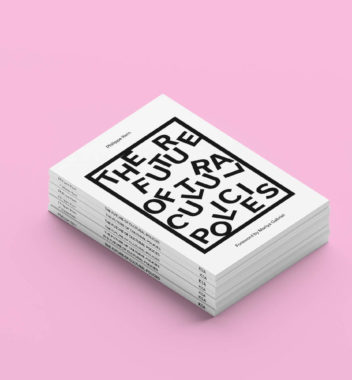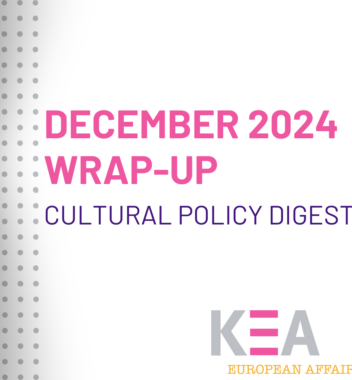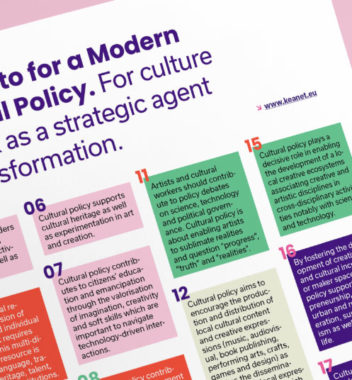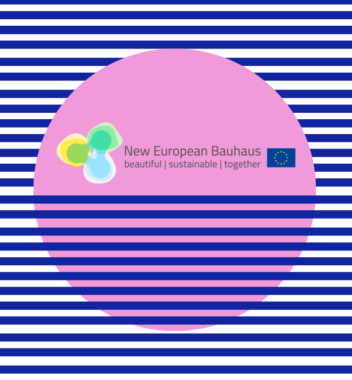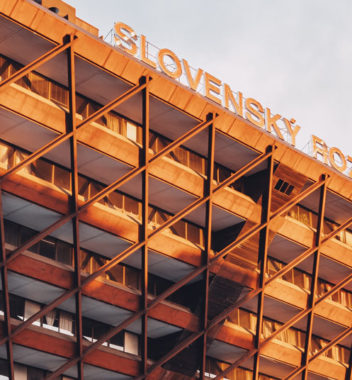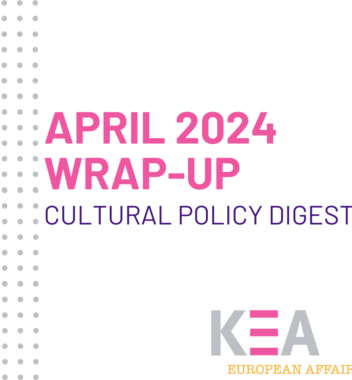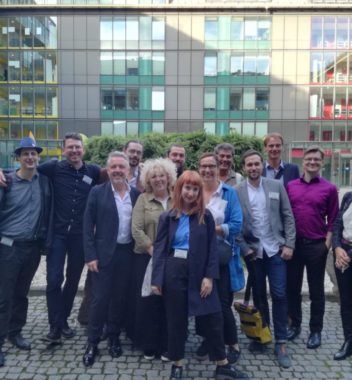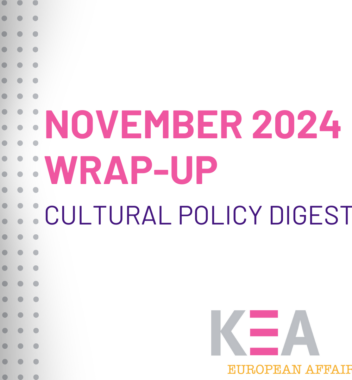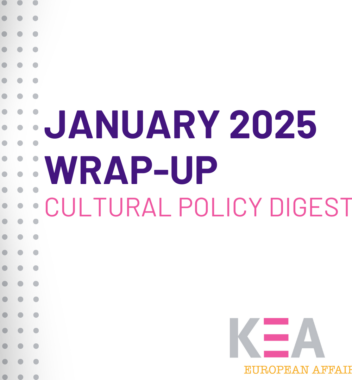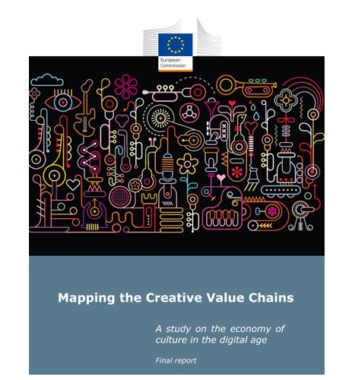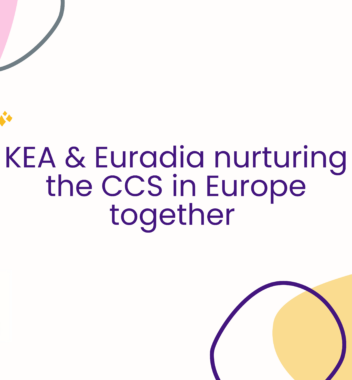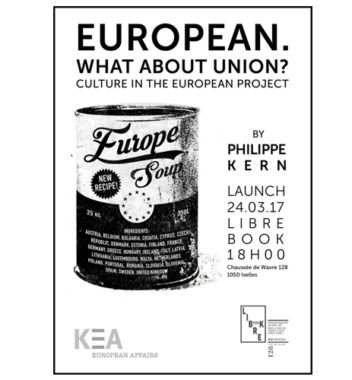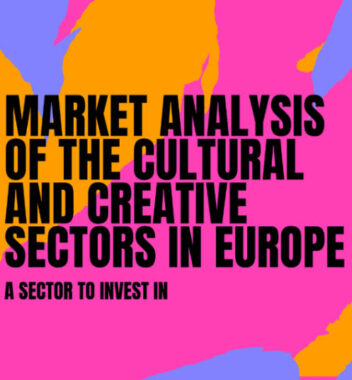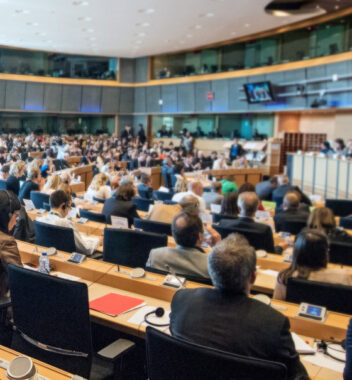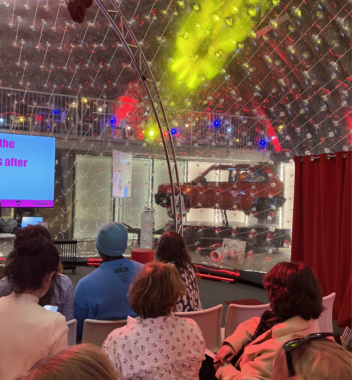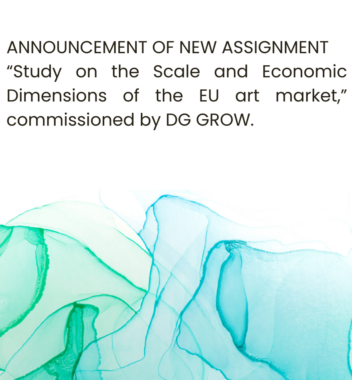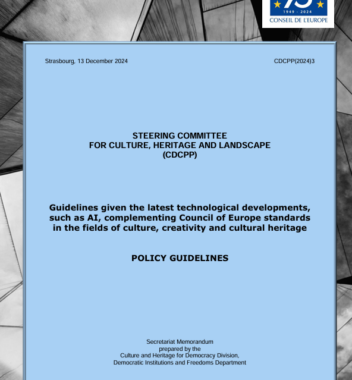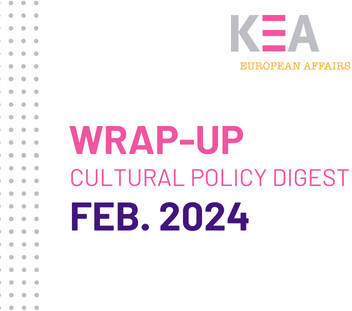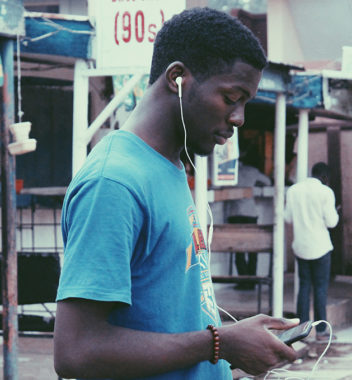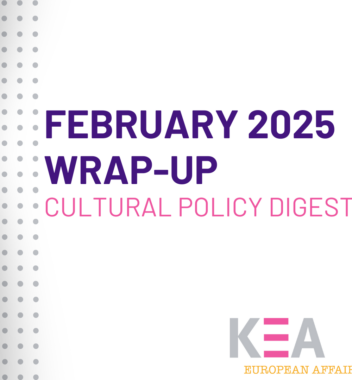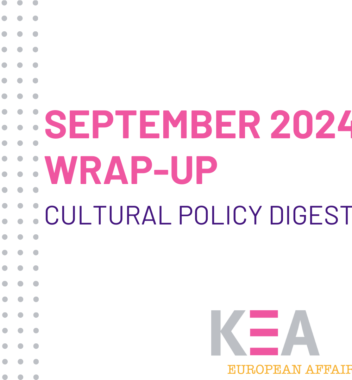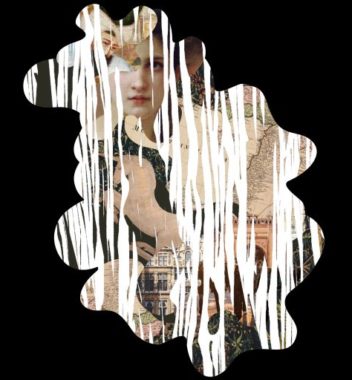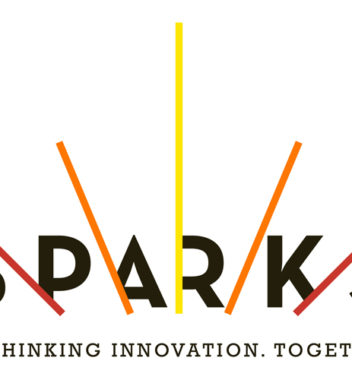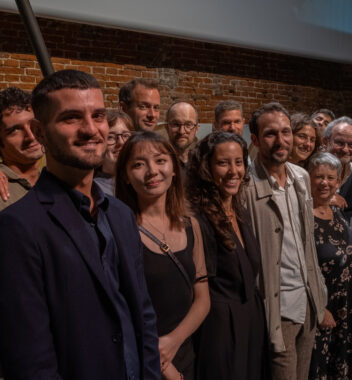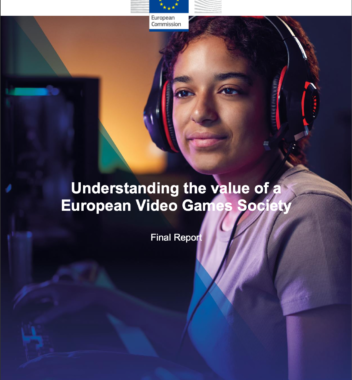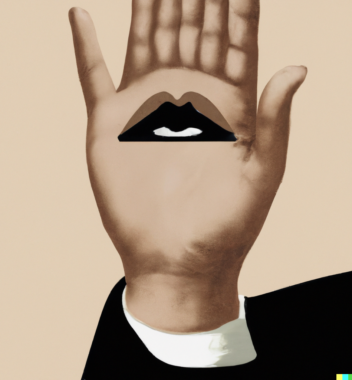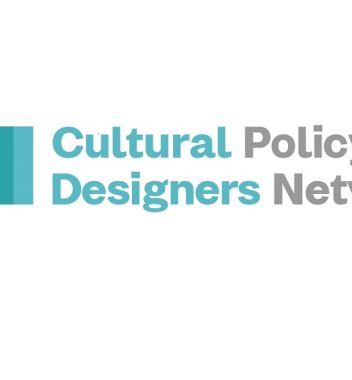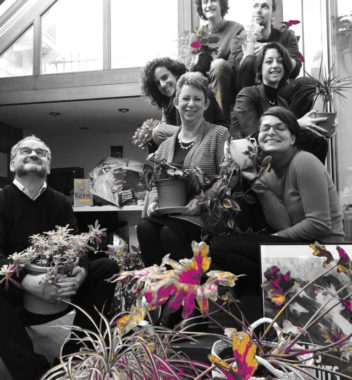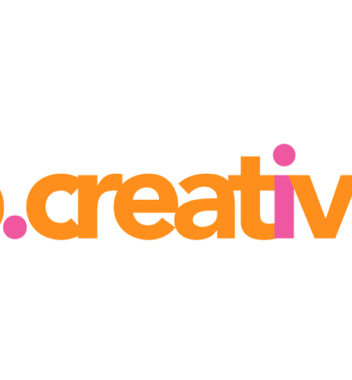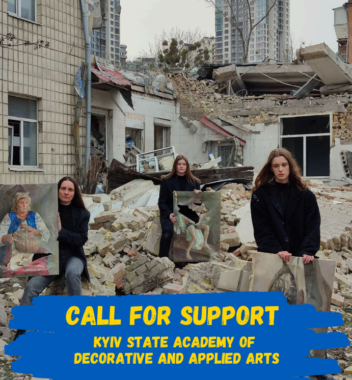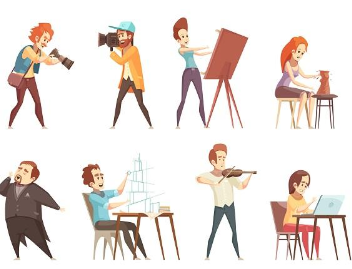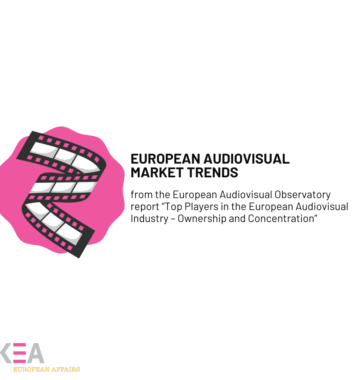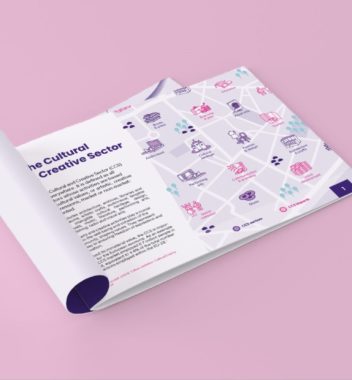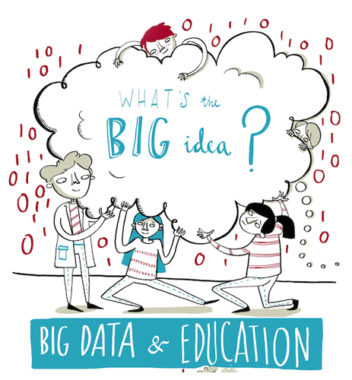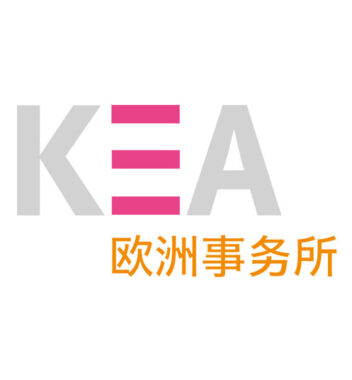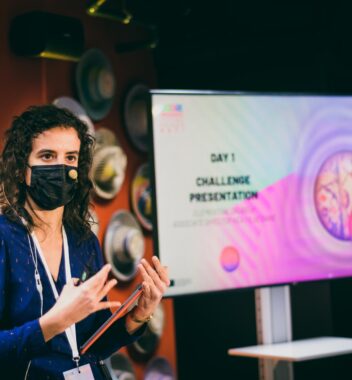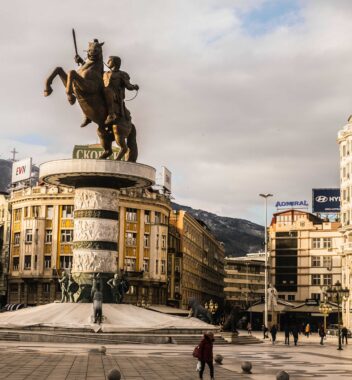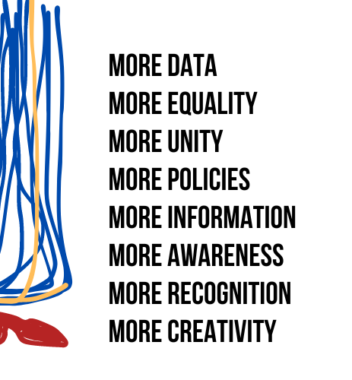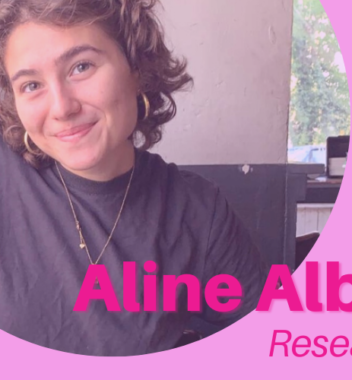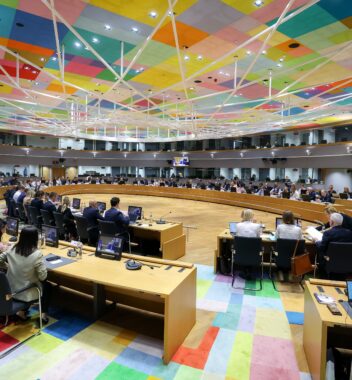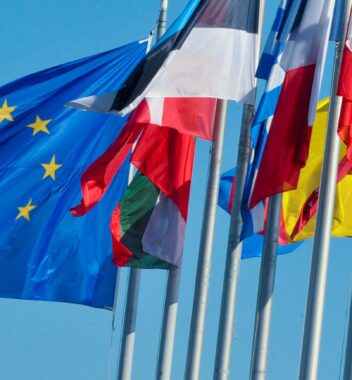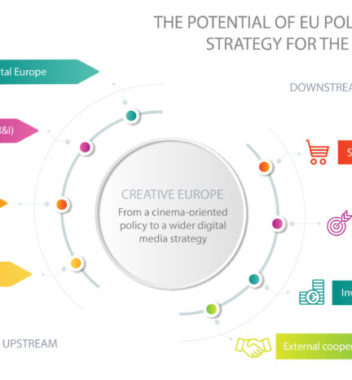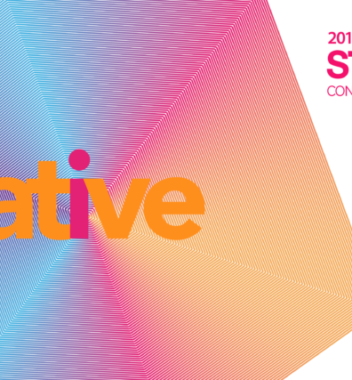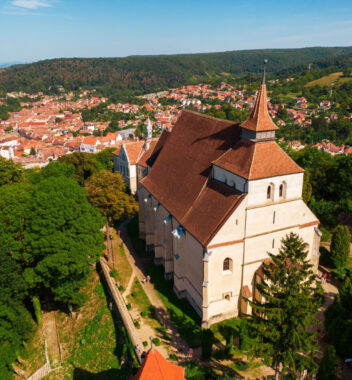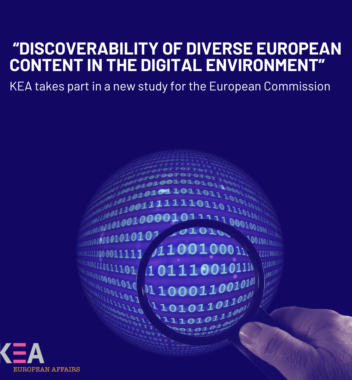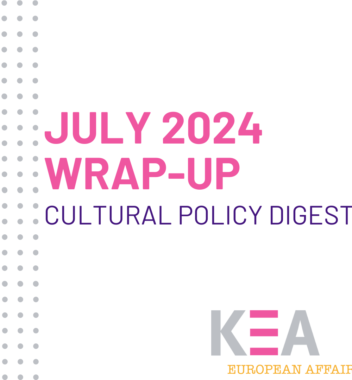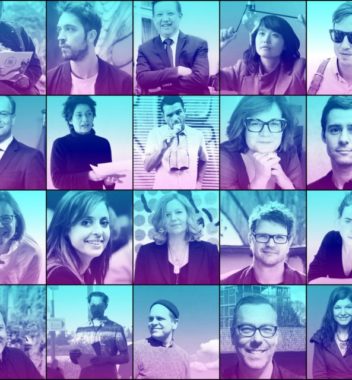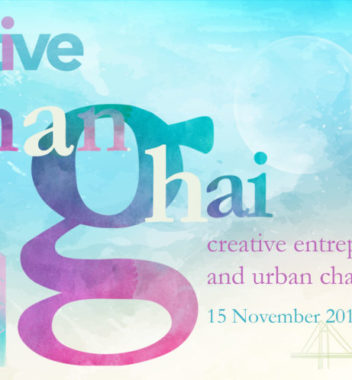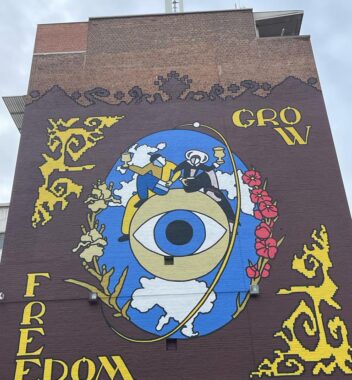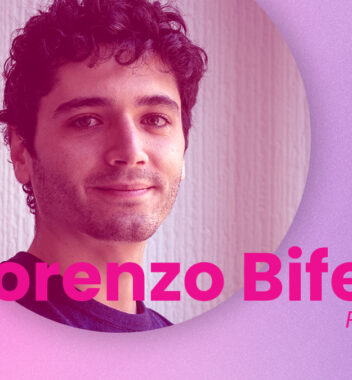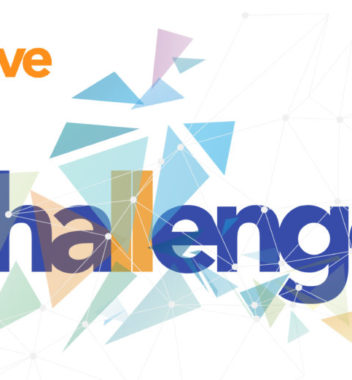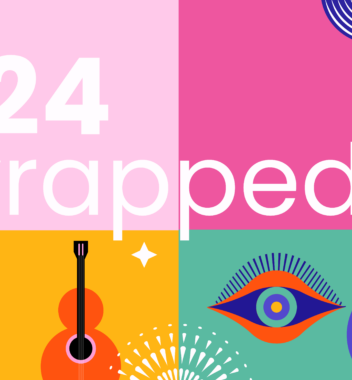
With the EU Commissioner-designate hearings underway, we pause to reflect on key cultural policy developments from October. This month’s highlights include the CULT Committee’s pushback against proposed budget cuts to Erasmus+, Creative Europe, and the European Solidarity Corps; an analysis of key points in the 2025 Creative Europe Annual Work Programme; a summary of Comissionner-designate Glenn Micallef’s responses to European Parliament queries on Culture; the release of Culture Action Europe’s State of Culture report, exploring the role and value of culture across Europe; and timely reports on AI regulation in the Audiovisual sector and mental health in international cultural mobility. Dive into our wrap-up for more insights on the topics shaping the future of culture in Europe.
CULT Committee’s position on the 2025 budget: strengthening cultural, educational, and solidarity programmes
In early October, the European Parliament’s Committee on Culture and Education (CULT) met to adopt its opinion on budgetary priorities for the 2025 financial year. This opinion strongly advocates for increased funding across the Erasmus+, Creative Europe, and European Solidarity Corps (ESC) programmes, countering proposed budget cuts by the Council. By securing robust financial support, the CULT Committee aims to address critical challenges facing these initiatives, ensuring they can fulfill their objectives for inclusivity, accessibility, and cultural development across the EU.
For Creative Europe, the committee highlights the critical demand for increased resources to support the diverse range of artistic and cultural projects it funds. Current budget allocations have been unable to meet high demand, especially in the Media and Music sectors. To preserve a balanced distribution of funds, the committee proposes dedicated financing to support European cultural initiatives, including the European Capitals of Culture and the cross-border circulation of European films and video games. Creative Europe’s media and journalism support will also be enhanced by a proposed permanent EU editorial and news media fund, ensuring the stability of EU-backed journalism and media literacy programmes.
The CULT Committee’s opinion lays out several key priorities for each programme under its remit, beginning with Erasmus+, where the committee emphasizes the need to adjust learning mobility grants to account for rising living costs. This approach seeks to ensure that Erasmus+ remains accessible to students from all backgrounds, supporting the programme’s goal of enhancing educational and cultural exchange across borders. The opinion further calls for dedicated funding to initiatives such as the European Universities programme and the Teacher Academies, as well as strengthened ties with the European Education Area (EEA), the Digital Education Action Plan, and the European Skills Agenda. These synergies aim to streamline administrative processes and maximize the impact of EU educational initiatives.
The European Solidarity Corps (ESC), promoting youth volunteering, and the Citizens, Equality, Rights, and Values (CERV) programme, focused on civic engagement and social cohesion, are also priorities in the CULT Committee’s budget recommendations. The committee calls for increased funding for these programmes to meet rising demand and address social challenges across the EU. Additionally, it advocates for sustained funding for European schools to maintain high standards and encourage best practices. Overall, the CULT Committee emphasizes the importance of secure, long-term funding for these initiatives to uphold European values and social resilience.
2025 Creative Europe Annual Work Programme Overview
The European Union’s Creative Europe Programme, a primary funding mechanism for the cultural and creative sectors, has announced a 2025 budget of nearly EUR 340 million. This represents a notable increase from the previous year, underlining the EU’s dedication to fostering growth, innovation, and resilience within these sectors. The 2025 Annual Work Programme will continue to advance the broader goals of the 2021–2027 Creative Europe cycle while introducing new priorities, particularly around sustainability, digital transformation, and support for social inclusion.
Key Initiatives and Objectives for 2025
Support for Cultural and Creative Sectors
The programme’s 2025 iteration consolidates support into two streamlined objectives, enhancing previous calls for “Transnational Creation and Circulation” and “Innovation.” Emphasis will be placed on environmental sustainability and fair working conditions for cultural professionals. New funding initiatives include grants for 35 European Networks of Cultural and Creative Organisations, 15 Platforms for Emerging Artists, and four Pan-European Cultural Entities. Specific funding will target the books and publishing sector, with initiatives to enhance the circulation of European literature and the creation of the “Day of European Authors.” Additionally, awards such as the EU Prize for Cultural Heritage and a new Prize for Jewish Cultural Heritage will highlight Europe’s rich cultural landscape.
Greening Efforts
In alignment with the European Green Deal, sustainability remains a core focus of Creative Europe. With an emphasis on reducing environmental impact, the programme will support projects that adopt circular economy principles, promote low-carbon solutions, and encourage renewable energy use within cultural venues and productions. This “greening” approach underscores the EU’s commitment to fostering environmentally responsible practices in the cultural sector.
Digital Transformation
The programme also targets digital innovation, seeking to equip cultural operators with essential skills and technologies for a rapidly digitizing landscape. Creative Europe will fund projects in areas such as digital content production, immersive media, and digital marketing, aiming to expand the reach and accessibility of European culture through digital tools. These initiatives intend to boost audience engagement and support digital readiness across the sector.
MEDIA and Cross-Sectoral Strands
MEDIA Strand: Fostering Audiovisual Development
The MEDIA strand will continue to evolve with flexible funding mechanisms to foster audiovisual content development. The 2025 programme introduces “MediaInvest,” a facility aimed at boosting investment in European audiovisual productions and distribution, with grants supporting co-development and slate development. Expanded eligibility criteria will now incentivize larger projects in video games and immersive content, reflecting the EU’s goal to enhance Europe’s audiovisual market share.
Cross-Sectoral Strand: Media Freedom and Pluralism
Media freedom and pluralism have become focal points within the Cross-Sectoral Strand. New funding will support projects addressing media literacy, pluralism monitoring, and rapid responses to threats against media freedom. These initiatives underscore the EU’s dedication to protecting a diverse, independent media landscape amid a shifting global context.
Support for Ukraine and International Collaboration
The 2025 programme maintains its commitment to supporting Ukraine, particularly in light of ongoing geopolitical challenges. Ukrainian cultural professionals will gain full access to the MEDIA strand, facilitating collaborations and enabling broader access to EU resources. The Work Programme also includes new initiatives to support Ukrainian cultural organizations, strengthening ties between Ukrainian and European creative sectors.
Strategic cooperation with international organizations like the Council of Europe and ICCROM will continue, focusing on areas such as combating cultural goods trafficking and reinforcing intellectual property protections within creative industries.
Policy Framework and Objectives
The 2025 Creative Europe Work Programme advances the EU’s long-term policy goals of enhancing European cultural cooperation and promoting competitive, sustainable creative industries. Its structure emphasizes the dual role of culture as both an economic engine and a source of intrinsic social value. With increased funding and targeted actions, Creative Europe aims to support cultural diversity, artistic freedom, and innovation while bolstering competitiveness across Europe’s cultural landscape.
Analysis of Glenn Micallef’s responses to European Parliament queries on Culture
Before his his confirmation hearing, on October 22nd, Commissioner-designate for Intergenerational Fairness, Youth, Culture, and Sport, Glenn Micallef, submitted written responses to the European Parliament’s questions, offering a preliminary view into his cultural policy priorities.
Position on Culture’s Value
Micallef adopts a dual perspective on the role of culture, acknowledging both its intrinsic value and its instrumental importance for social cohesion and economic growth. He identifies culture as a public good that enhances citizens’ quality of life and well-being while also positioning it as a contributor to economic growth and innovation. Balancing these objectives will be a critical task, particularly as the cultural sector increasingly voices concerns over the instrumentalisation of culture for external policy aims.
Strategic Framework and Policy Integration
Micallef’s vision for the upcoming “Culture Compass” strategy document appears to align closely with other EU priorities such as regional development and health. He emphasizes better integration of EU cultural policies, referencing a recent European Court of Auditors’ report on the fragmented nature of cultural funding. However, his focus on policy alignment raises questions about whether culture will be promoted as an independent sector or remain primarily a supporting tool for other areas.
Approach to Cultural Funding
Micallef’s responses highlight a mainstreaming approach to funding, wherein culture is supported through various policy areas and funding instruments. He points to the integration of culture within the NextGenerationEU package, emphasizing its potential for fostering recovery post-pandemic. However, he does not commit to ensuring dedicated funding for Creative Europe in the forthcoming budget cycle (2028-2034), focusing instead on the need for a more “strategic” approach that combines the sector’s societal and economic vitality.
Stance on Artificial Intelligence (AI)
Micallef addresses AI positively, highlighting its potential for heritage preservation, access to culture, and combating cultural goods trafficking. He is interested in ensuring AI enhances rather than replaces human creativity, but his approach aligns with the Commission’s broader view of AI as a competitive asset rather than focusing on its potential risks to cultural diversity and authenticity.
Working Conditions for Cultural Professionals
On artists’ working conditions, Micallef proposes initial steps such as convening a High-Level Round Table with key stakeholders, echoing the Commission’s previous work in response to the European Parliament’s resolution on this issue. While he does not explicitly advocate for a directive on cultural sector working conditions, he suggests exploring options in close collaboration with other relevant EU portfolios.
International Cultural Relations and SDGs
Micallef supports cultural initiatives that contribute to the UN Sustainable Development Goals beyond 2030 and highlights the role of culture in international relations. He advocates for collaboration with Member States, national cultural institutes, and the European Union National Institutes for Culture (EUNIC), signaling a willingness to strengthen partnerships on global cultural engagement.
Artistic Freedom and Political Interference
On artistic freedom, Micallef’s response remains general, mentioning available funding tools like Creative Europe to support this priority. He refrains from detailing specific approaches to combat political interference in cultural affairs by Member States, a growing issue in some regions. This broad stance underscores the challenges of balancing EU support for artistic freedom with the limited jurisdiction it holds over national cultural policies.
Competitiveness and SME Support
While Micallef stresses support for cultural and creative SMEs through business support and networking, he does not provide concrete measures for boosting sectoral competitiveness. For now, this objective remains largely aspirational without an actionable roadmap.
What are we reading
State of Culture Report launched
The State of Culture report by Culture Action Europe (CAE) critically examines how culture is valued in EU and national policies. It highlights a trend of viewing culture as a tool for economic growth, diplomacy, and identity-building, rather than appreciating its intrinsic value. This instrumental approach, CAE warns, could compromise cultural policy’s independence and dilute the cultural sector’s motivations. The report also points to a lack of cultural representation in major agendas, like the UN Sustainable Development Goals and the EU Green Deal, as well as reduced budgets and precarious conditions for artists. In a time of climate, economic, and geopolitical crises, culture is often deprioritized in favor of urgent interventions.
Creative Industries Navigate AI Challenges with EU’s AI Act and New Protections
The cultural and creative industries (CCIs) are navigating new challenges and opportunities brought by AI, particularly with the introduction of the EU’s AI Act on July 12, 2023. This regulation establishes a framework for the responsible use of AI across various sectors, including mandatory labeling of AI-generated content and strengthened copyright protections, requiring developers to obtain explicit permissions for using creative works in AI training. This is designed to ensure fair compensation and safeguard the rights of creators.
On October 18th, KEA published an article presenting several initiatives which illustrate how CCIs are addressing AI-related uncertainties. In the U.S., the SAG-AFTRA union recently negotiated protections for actors against the misuse of AI in replicating their likeness. Europe has also seen developments like the Text and Data Mining Rights Reservation Protocol, which helps rightsholders manage their data use in AI applications. Additionally, WIPO’s new CLIP platform educates creators on intellectual property rights in the digital era, empowering them to protect their work in the context of AI. These efforts, combined with the EU’s regulatory approach, highlight a balanced path forward, aiming to foster AI-driven innovation while protecting the unique value and integrity of creative work.
The EAO’s latest report on AI in the Audiovisual Sector: Navigating the Current Legal Landscape
The European Audiovisual Observatory’s latest report, AI in the Audiovisual Sector: Navigating the Current Legal Landscape, offers an in-depth look at how artificial intelligence is reshaping the audiovisual industry and the legal complexities that come with it. This report explores AI’s growing influence on content creation, distribution, and personalization, alongside its impacts on labor, copyright, data privacy, and personality rights. While AI brings opportunities to streamline production and innovate content, it also poses ethical and regulatory challenges around intellectual property, job displacement, transparency, and potential disinformation.
The report examines the regulatory landscape, focusing on the EU’s General Data Protection Regulation (GDPR) and the new AI Act, both aiming to address data protection and safeguard copyright amid AI’s expanding use. Notably, the report highlights sector-specific concerns, such as AI’s ability to generate derivative works and the risks it poses to cultural diversity, media pluralism, and personality rights. A concluding forward-looking chapter calls for ethical frameworks and possibly more tailored regulations to address AI’s unique impacts on audiovisual media, underscoring the need for responsible innovation that balances creative potential with societal and legal considerations.
Mental health and well-being in international cultural mobility: challenges and policy recommendations
On the Move’s latest publication, Mental Health, Well-being, and International Cultural Mobility, addresses the impact of international cultural mobility on the mental health and well-being of artists and culture professionals. Building on insights from the Mobility Webinar co-funded by the EU, this report combines recent research, expert contributions, and case studies to highlight both the positive and negative effects of cross-border mobility. While the arts sector is widely recognized for its contributions to societal well-being, the mental health of creative workers themselves remains under-explored.
The report presents data on cultural mobility opportunities, examines challenges faced by professionals—from visa issues to balancing career demands with personal life—and synthesizes recent literature on mental health stressors related to mobility. It closes with policy recommendations for cultural stakeholders and EU institutions to better support the well-being of artists navigating international careers.
